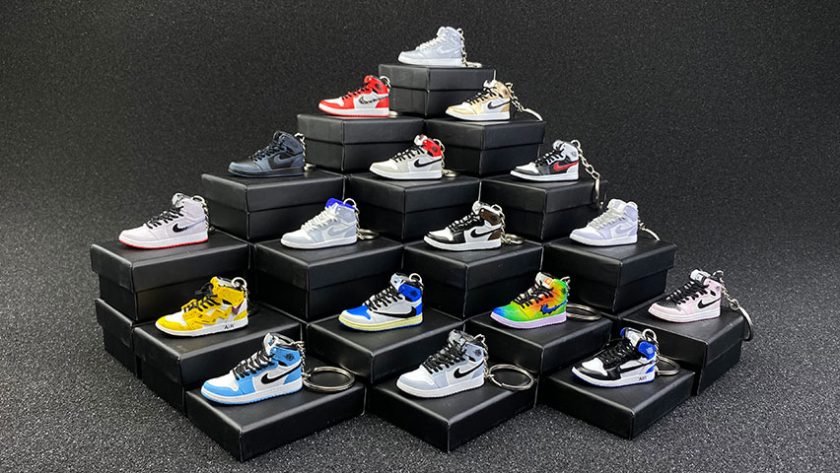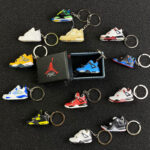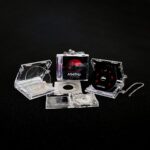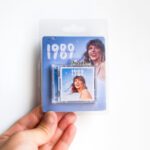When the Air Jordan 1 arrived in 1985, the sneaker dominated both on and off the court, causing waves across the footwear industry. More than three decades later, the Jordan 1 iteration is arguably one of the most celebrated trainers to have graced the pavements.

The first Jordan 1 that sneaker fans think of when they think of the Air Jordan 1 is the “Banned” colorway, also known as the “Bred” or Black and Red. They’re called the “Banned” because the story goes that Jordan was fined $5000 per game that he wore them since they broke league uniform rules.
Thus the legacy began. Jordan’s rookie campaign in 1984-85 finished with His Airness averaging 28.2 points per game to earn All-Star and Rookie of the Year honors.

During that first season and that first go-around with the sneaker, Nike released 13 colorways of the shoe. The famous “Banned,” “Chicago,” “Royal,” “Black Toe,” “Shadow,” and “Carolina Blue” colorways, as well as Black & White, Blue & White, Metallic Red, Metallic Purple, Metallic Blue, Metallic Green, and Natural Grey. Although dozens of Jordan 1 colorways have followed these first 13, those colorways will always stand as the base for what the Air Jordan 1 would grow to become.







